What is hip dysplasia?
Hip dysplasia is an abnormal growth of the hip socket. In these cases, the socket (the acetabulum) will be quite shallow, and the head of the leg bone (the femur) may therefore not be sitting in the correct position.
If left untreated, the hip socket will not grow properly or will not deepen enough to allow for stability in the hip.
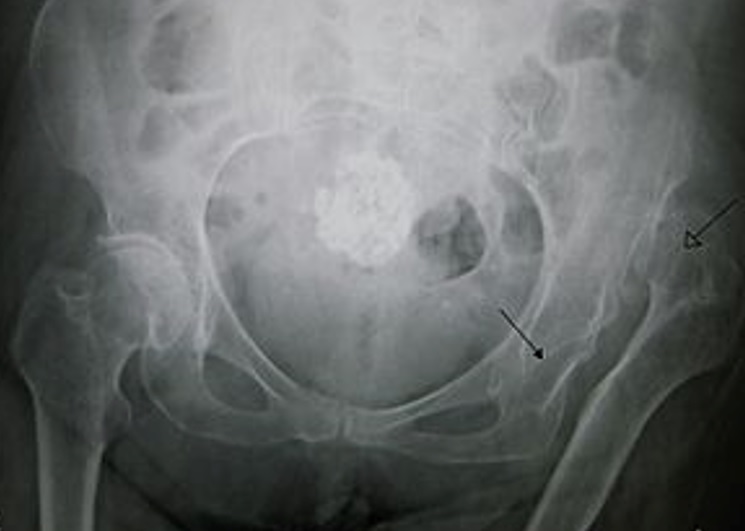
Who does hip dysplasia affect?
Hip dysplasia is first noticed in infants and can affect both males and females, though it occurs more often in females.
It is detectable only after a child is born, but there can be indications as to whether hip dysplasia might be present in a child during pregnancy, such as metatarsus adductus, clubfoot, or the fetus being in the breech position. These may also be indications during delivery.
Babies that are delivered in the frog-legged position will have uneven skin folds, an indication of hip dysplasia.
Hip dysplasia can also develop over time due to tight adductors of the hip. If there’s tightness in the hip joint or in the adductors, the head of the femur won’t sit correctly within the hip socket.
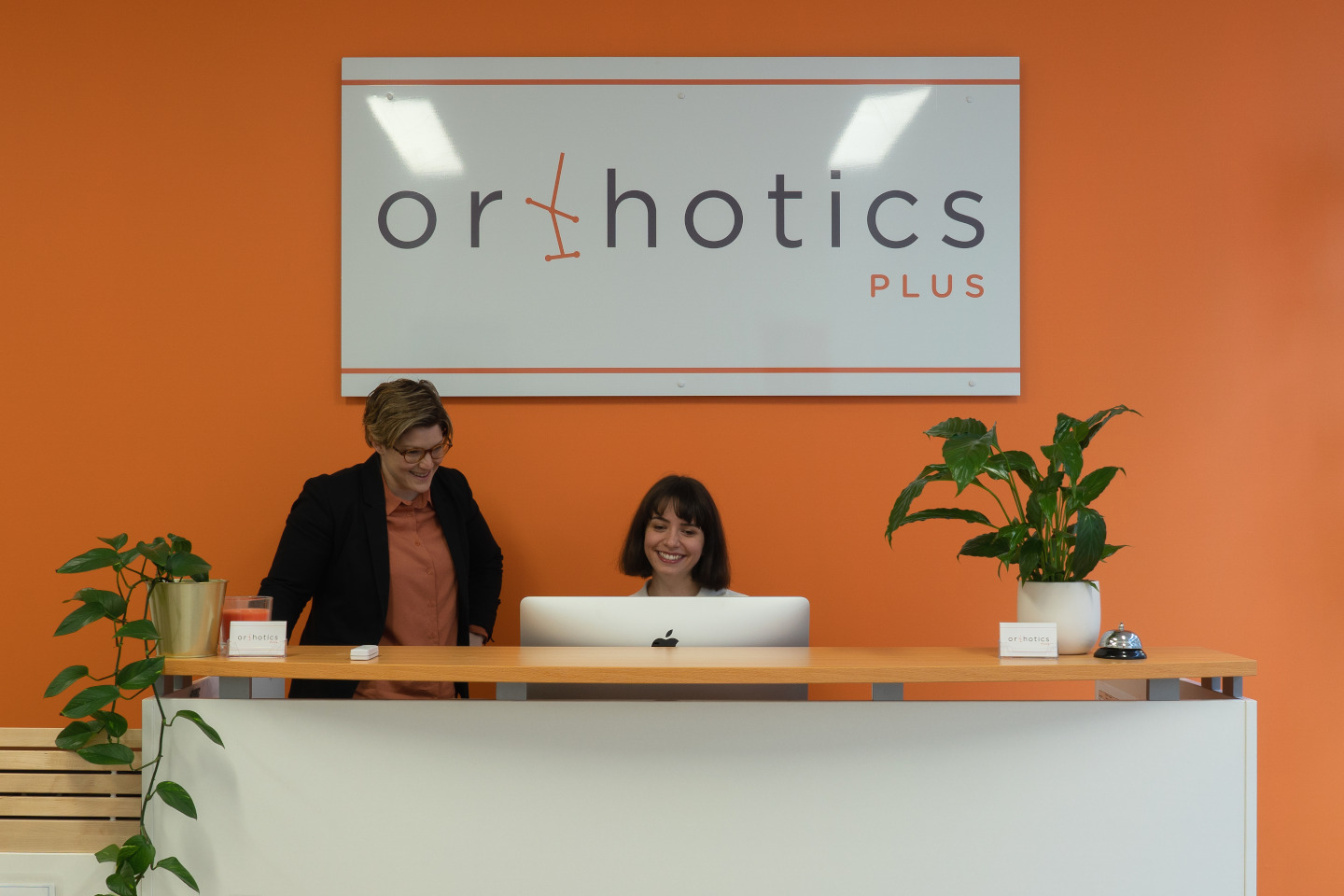
How can a parent know if their child has hip dysplasia?
It can be difficult for a parent to identify hip dysplasia in their child.
It’s best to have a pediatrician or maternal health nurse check the child for a proper diagnosis.
Generally, the hips will be checked at birth as well to identify any abnormalities. If instability in the hips is found, additional checkups will be required by a maternal health nurse, pediatrician, or orthopedic surgeon, who would refer the infant to Orthotics Plus for treatment if appropriate.
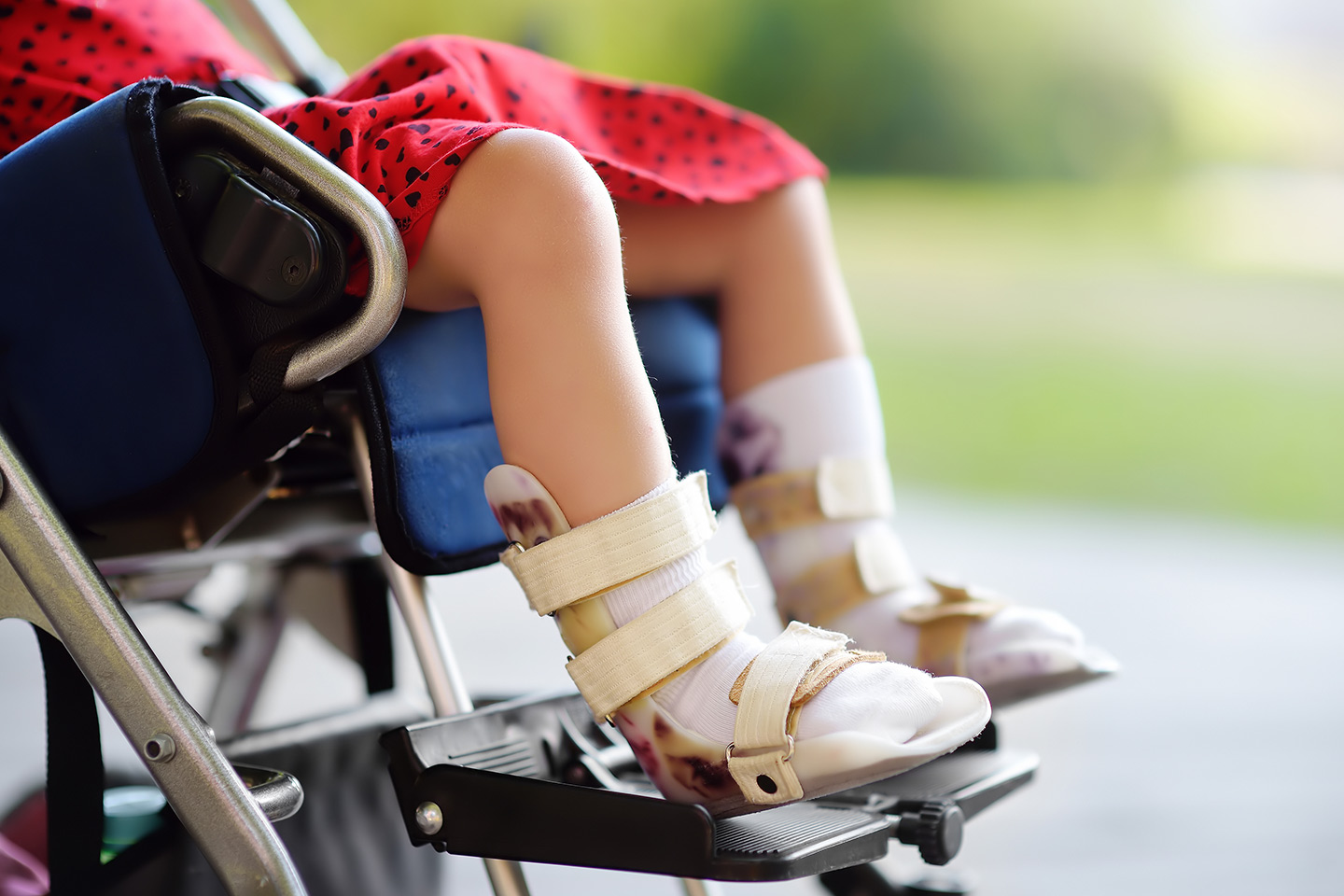
Is hip dysplasia a lifelong condition?
If a person is treated for hip dysplasia during infancy, it will typically not develop into a lifelong condition. It can be treated very effectively with bracing in the child’s early stages. If left untreated, it can become a chronic or possibly lifelong condition.
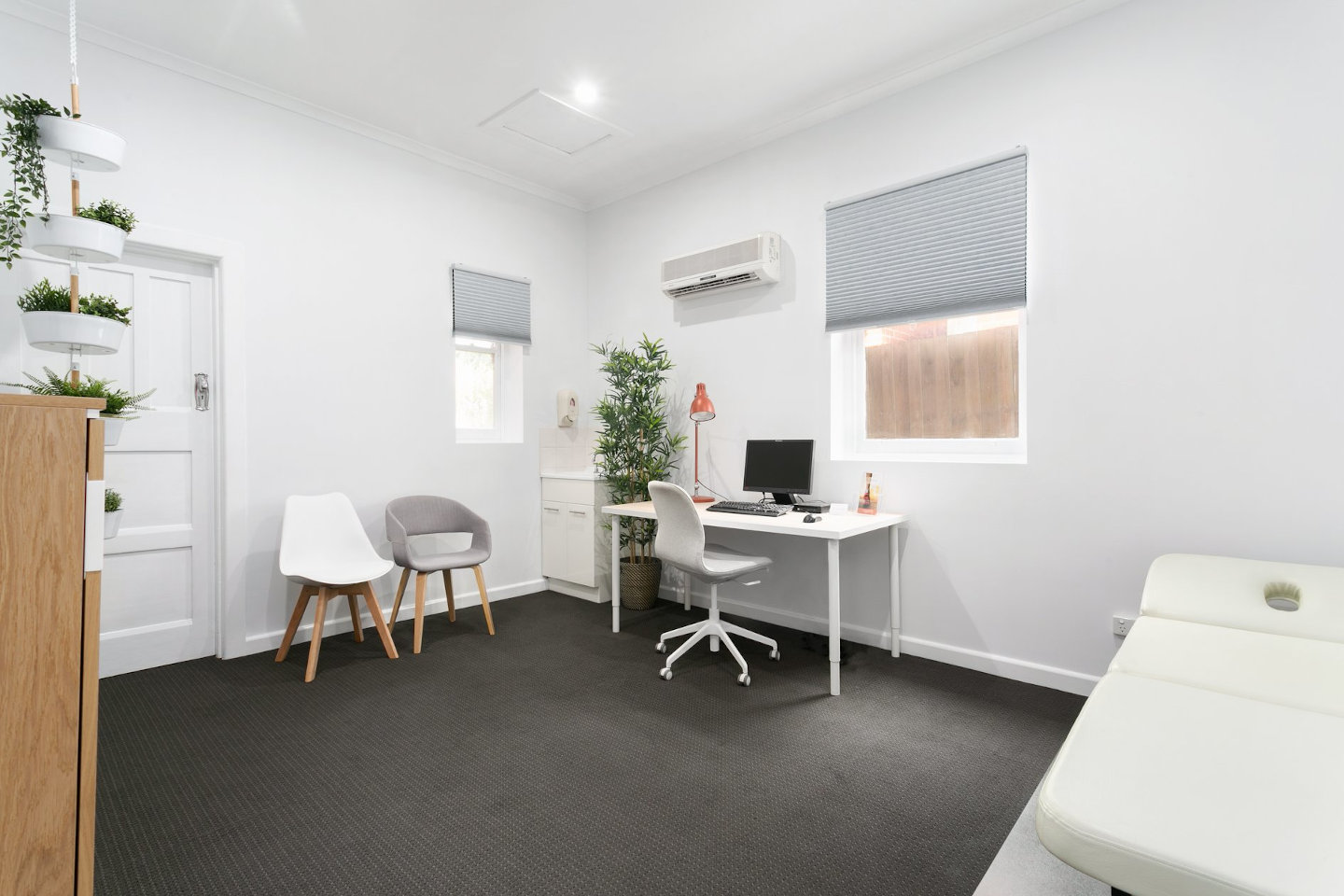
Treating Hip Dysplasia at Orthotics Plus
We generally see patients for hip dysplasia treatment following a referral from a pediatrician, maternal health nurse, or orthopedic surgeon for a brace. Multiple brace options are available (examples include the Pavlik harness, the Denis Browne brace, the Denis Browne bar or the Rhino brace).
Do treatments take place at a hospital or an Orthotics Plus clinic?
We see most of our patients at our Melbourne clinics. This gives us access to the tools and workshop which a brace fitting often requires.
Our clinicians will do what is best for the patient, including travelling to a hospital if that is appropriate.
Please contact us and we will confirm this on an individual basis.
Early treatment stages
During the initial visit, we’ll fit the infant with the brace and explain relevant information to parents.
Our team will then monitor the patient’s progress moving forward. Follow-up appointments with the surgeon, pediatrician, or maternal health nurse will also be required to monitor the baby’s condition with scans and images.
How do hip abduction braces work?
Hip abduction braces work to move the legs into a frog-legged or flex-and-abducted position.
Over time, this position will allow the socket of the hip (the acetabulum) to grow over the head of the femur. This will allow the socket to deepen and increase stability at the hip.
Choosing the Correct Brace
There are multiple types of hip braces that are fundamentally designed to achieve the same overall objective.
There will be differences in terms of adjustability, but all are available to effectively treat hip dysplasia.
Choosing the most appropriate brace for the patient can depend on a number of factors including the age of the child and the severity of their condition.
As Orthotists, we can recommend braces that we feel are most effective or appropriate, but the decision is also guided by the referring orthopedic surgeon or pediatrician.
How long would a baby wear a brace for?
For babies, braces are typically worn for approximately three months. The exact timeframe may vary depending on the severity of the condition and identifying progress based on ultrasounds or x-rays.
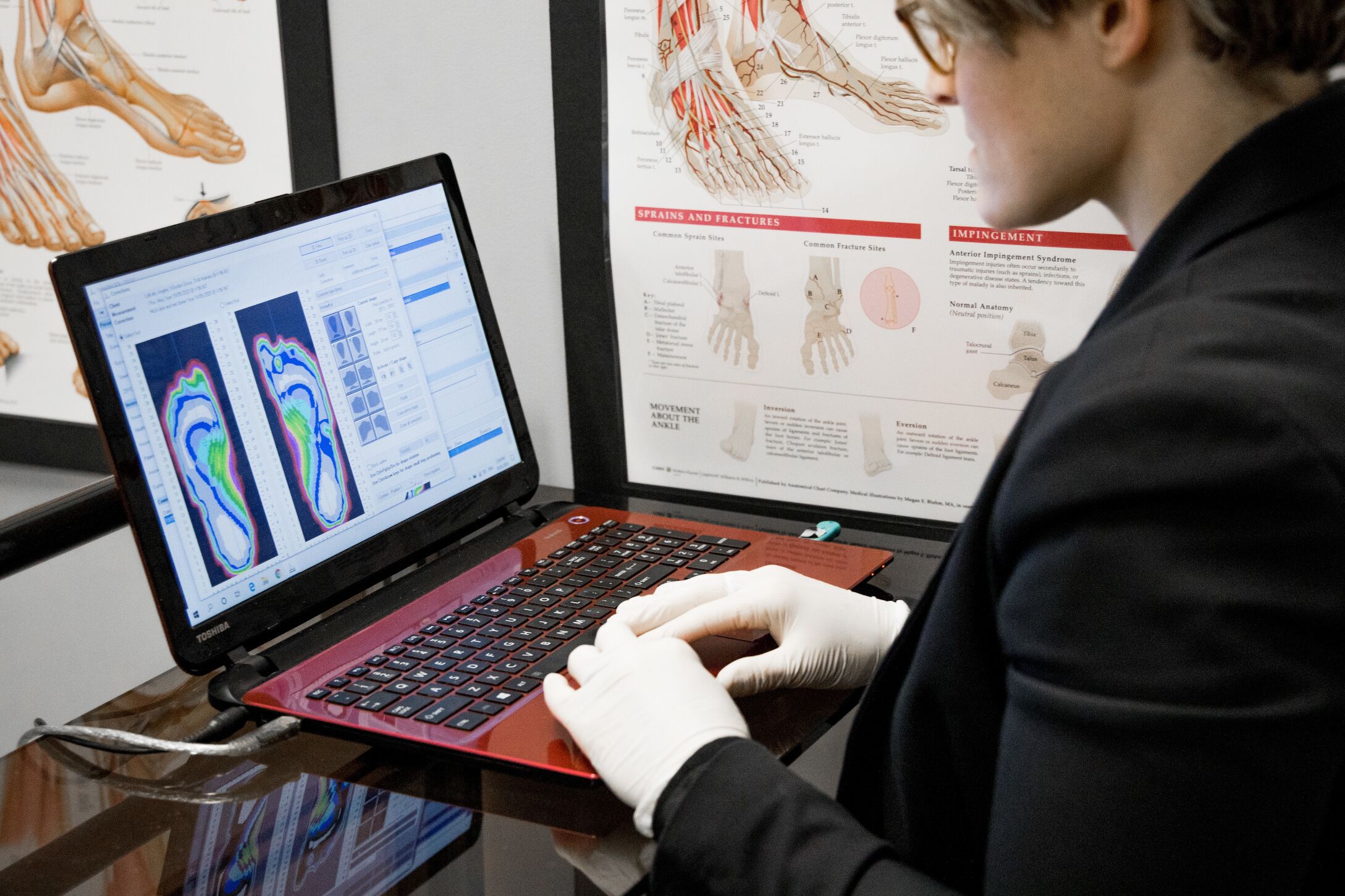


Who We Work With
At Orthotics Plus, we see patients from birth up until about two years of age, which is when bracing treatment is most appropriate.
We’re also available to assist older children and adults with bracing needs following an operation or for untreated conditions such as osteoarthritis.
We operate under a number of financial schemes. Please contact us to describe your unique situation and we will provide as much information and guidance as possible.

Our Experience Treating Hip Dysplasia
Our team of professional Orthotists have worked alongside orthopedic surgeons, Physiotherapists, and pediatric practitioners for years to treat children with braces.
Members of our team are also skilled in reading ultrasounds and x-rays and have worked in clinics treating conditions specific to the hip.
We’re happy to put this experience into practice in treating infants and assuring parents that their children will receive appropriate care during brace fittings and ongoing treatment at Orthotics Plus.

Understanding the Effectiveness of Hip Dysplasia Treatments
If we’re bracing a baby, an effective treatment would be classed as a full correction of the hip as confirmed by an ultrasound and/or x-ray.
For older children and teenagers, they will most likely require the guidance of a surgeon during treatment.
For adults who require bracing, our focus is on reducing pain and stopping the progression of osteoarthritis development. These can be understood by self-reported pain measures.

Patient Success Story
The youngest patient whom we’ve treated for hip dysplasia was a four-day-old baby. The family hadn’t yet left the hospital, so the brace was fitted prior to them arriving home. The baby’s hip was quite severe when the brace was applied. Once the child arrived home, the brace had to be adjusted a number of times in order to keep up with growth and place the hip in the most appropriate position for correction.
Because the baby was braced so soon after birth, her correction progressed quite quickly. Within three months, the brace was removed.
The child retained a normal growth rate, and the hip maintained its correction as confirmed during follow-up visits with her pediatrician.
